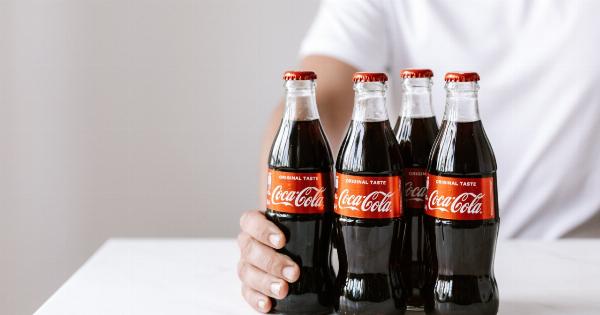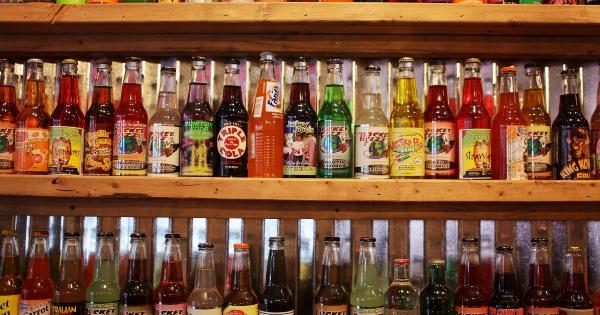Coca-Cola is an iconic brand that has been present in our lives for more than a century. This delicious and refreshing drink was invented in the late 19th century by John Pemberton, a pharmacist from Atlanta, Georgia.
His recipe was a combination of coca leaves, kola nuts, and other ingredients that created a syrup to be mixed with carbonated water. Pemberton sold his invention to Asa Candler, who founded The Coca-Cola Company in 1892. Candler was a brilliant marketer who had the vision to turn Coca-Cola into the most popular beverage in the world.
The Early Years of Coca-Cola
In the early years of Coca-Cola, the company realized that advertising was key to its success.
In 1902, the first advertising campaign was launched, and the company began producing other products such as calendars, clocks, and fans with the Coca-Cola logo. During the First World War, Coca-Cola was a popular beverage among American soldiers. Its distribution grew, and by 1919, Coca-Cola was available in all 48 states of the United States.
Coca-Cola’s Golden Age
The 1920s and 1930s were the golden age of Coca-Cola, a time when the drink became a symbol of the American way of life. During the Great Depression, Coca-Cola was an affordable luxury that lifted people’s spirits.
Coca-Cola’s iconic glass bottle was introduced in 1915, and the company launched a series of advertising campaigns that became part of the American culture. Coca-Cola’s marketing was so successful that the company’s name became synonymous with the drink itself.
Coca-Cola’s Downfall
Despite its success, Coca-Cola faced several challenges throughout the years. In the 1970s and 1980s, Coca-Cola struggled to compete with its rival, Pepsi.
In an attempt to boost sales, Coca-Cola changed the formula of its drink and introduced New Coke in 1985. However, this proved to be a disastrous decision, and the public outcry forced Coca-Cola to bring back the original formula as Coca-Cola Classic. This debacle cost the company millions of dollars in lost sales and damaged its reputation.
The Resurgence of Coca-Cola
After the New Coke debacle, Coca-Cola realized that it needed to regain its customers’ trust. The company launched a series of successful advertising campaigns, including the iconic “Always Coca-Cola” in 1993.
Coca-Cola also expanded its product line to include other drinks such as Sprite, Fanta, and Dasani water. Today, Coca-Cola is the world’s leading soft drink manufacturer, with over 500 brands in more than 200 countries.
The Future of Coca-Cola
Coca-Cola’s success has been based on its ability to adapt to changing market trends and consumer preferences. In recent years, Coca-Cola has faced new challenges such as the growing concerns about sugar intake and obesity.
The company has responded by launching new products and reducing the sugar content of its drinks. Coca-Cola has also embraced digital marketing and e-commerce, and it is investing in new technologies to reduce its carbon footprint and make its products more sustainable.
The Legacy of Coca-Cola
Coca-Cola has a legacy that spans more than a century, and it has played a significant role in American culture and history. Coca-Cola has been present in many important moments, such as the Olympic Games, the World Cup, and the Super Bowl.
The Coca-Cola logo is instantly recognizable around the world, and its catchy slogans and advertising campaigns are part of the collective memory of millions of people. Coca-Cola has also been a pioneer of corporate social responsibility, donating millions of dollars to charitable causes and promoting environmental sustainability.
Conclusion
Coca-Cola’s journey is a testament to the power of branding and marketing. Coca-Cola has faced many challenges throughout the years, but it has always managed to adapt and reinvent itself.
Today, Coca-Cola is more than just a drink; it is a symbol of happiness, optimism, and American culture. As the company faces new challenges in the 21st century, it remains committed to its mission of refreshing the world and making a difference.



























